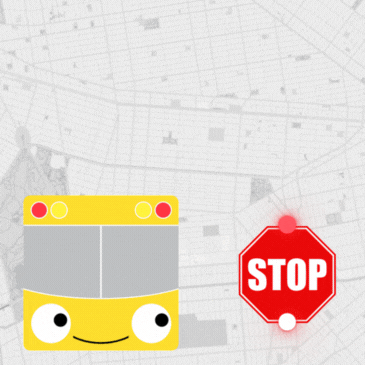
Fallen astronaut’s diary recovered
Experts piece together notebook used by Israeli during Columbia mission
The Associated Press
Updated: 6:45 p.m. ET Feb. 26, 2005
NEW ORLEANS – A small heap of paper that survived the fiery
disintegration of space shuttle Columbia, a 38-mile fall to Earth and
two months of exposure to rain and sun in a Texas field has been
painstakingly restored by forensic scientists, yielding the flight
diary and notes of Israeli astronaut Ilan Ramon.
Scientists used computer image-enhancement technology and infrared
light to read the charred and tattered pages and pieced some of them
together like jigsaw puzzles.
Not everything could be deciphered. But Sharon Brown, the Israeli
police document examiner who pieced the material together, said she was
amazed that the metal-ring cardboard-bound notebook had even survived.
“You know what a lit match could do to that pile of papers,” she
said this week at a convention in New Orleans of forensic scientists.
Text of a Sabbath blessing
She would not disclose any personal observations by the astronaut, one
of the seven crewmen killed when the shuttle broke apart in February
2003. But the pages included a list of topics Ramon planned to talk
about during broadcasts from space, and the carefully copied-down text
of the Sabbath kiddush, the blessing for wine.
All together, 18 pages handwritten in Hebrew were recovered: Four
sheets held Ramon’s diary during the flight; six were technical
classroom notes that had been made before launch; and eight were
personal notes, also written before liftoff.
On some pages, the writing was washed out. Some sheets were tattered
and torn, pocked with tiny irregular holes as if debris had ripped
through them. Pieces were twisted into tightly crumpled wads smaller
than a fingernail. Some pages were stuck tightly together and had to be
delicately pried apart.
Brown said she had been asked if she was afraid she would destroy the
shreds by opening them up. “I said, ‘You’re right. But if I do
nothing, we’ll lose it all,”‘ she recalled.
Papers found two months after disaster
Ramon, an Israeli war hero, was his country’s first astronaut. An
Indian tracker found the papers two months after the shuttle disaster.
Ramon’s widow, Rona, asked Israeli police to find out what he had
written. After 1½ years, Brown still has two pages of writing she has
not been able to decipher.
On one section where the writing had been washed out by rain, neither
infrared nor ultraviolet light was any help. Brown took the pages to a
colleague who scanned them into a computer and processed them with
photo-editing software, using techniques to enhance contrast and
separate the writing from the background.
The diary, written in black ink and pencil, covers only the first six
days of the 16-day mission. “We don’t know whether he just stopped
writing, or ran out of paper, or other pages were destroyed,” Brown
said.
She said that because the notebook was the personal property of
Ramon’s widow, she tried to piece it together without actually
reading it, as if it were a puzzle in a language she had never seen.
“But very soon, I realized that was exactly the opposite of what I
had to do,” Brown said. She said she could not piece it together
without understanding it.
© 2005 The Associated Press. All rights reserved. This material may
not be published, broadcast, rewritten or redistributed.
URL: http://www.msnbc.msn.com/id/7034817/













